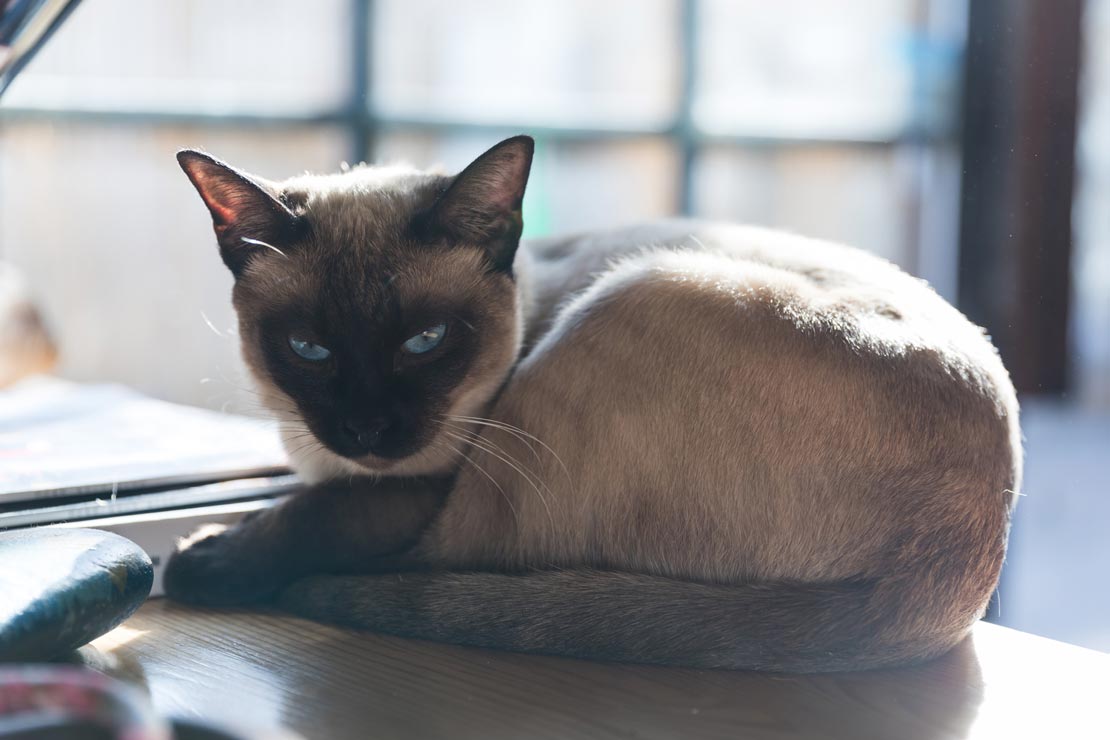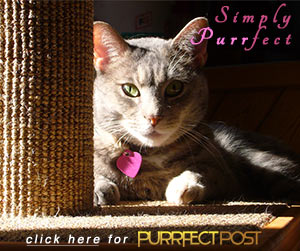Chylothorax in Cats

Chylothorax is a condition in cats during which lymphatic fluid builds up in the pleural space between the lungs and the chest walls. It's dangerous and can be life-threatening.
What Is Feline Chylothorax?
Usually, lymphatic fluid, which drains from the intestinal tract, is carried through the chest cavity within the thoracic duct, to the cranial vena cava so it can enter the vein system. However, when something goes wrong and the fluid drains into the pleural space instead, the result is chylothorax.
Chylothorax results in an inability for the lungs to inflate all the way, which is painful for the cat and leads to decreased oxygen levels in the body.
Causes of Chylothorax in Cats
There are three leading causes of feline chylothorax:
- Trauma to the chest cavity that damages the thoracic duct. This is often a hit-by-car injury, a fall, or being shaken by a big dog, but it can be any trauma that occurs to the chest.
- Increased pressure in the chest cavity causing a leaky thoracic duct. This can be the result of heart disease, heartworm infestation, fungal infection, or cancerous tumors in the chest.
- Idiopathic. This means a cause can't be determined. There's been no visible trauma, and none of the causes of increased pressure in the chest cavity can be identified. There could be a genetic component to chylothorax in these instances.
Siamese and Himalayan cats have an increased incidence of idiopathic chylothorax compared to other breeds.
Signs of Feline Chylothorax
When a cat is suffering from chylothorax, he might develop some or all of the following signs:
- Coughing. Coughing is extremely rare in cats, but chylothorax often causes it.
- Labored breathing. This is also called dyspnea, and it happens because the cat's lungs can't fully inflate within the chest due to the presence of the abnormal fluid there. Often, you can see your cat's abdomen moving during breaths, which is abnormal.
- Open-mouthed breathing. Cats don't usually pant like dogs, and it's almost always a sign of a severe problem.
- Exercise intolerance. While resting, the cat might not show signs of difficulty breathing, but after slight exercise, like playing, running, or climbing, the signs can appear quickly.
- Lethargy and decreased appetite. Painful chest and difficult breathing from chylothorax may cause depression, hiding, and reduced or absent appetite.
- Increased respiratory rate. This is called tachypnea, and it's the result of the cat's body trying to get more oxygen since the lungs can't fully inflate.
- Blue tinge to mucous membranes and skin. This is called cyanosis, and it's because of decreased oxygen levels in the body.
Note: In some cases of feline chylothorax, fluid builds up slowly in the chest cavity, allowing the cat's body to adjust. In those instances, there might not be any signs of illness until suddenly, the cat is extremely ill.
Diagnosis of Chylothorax in Cats
Your veterinarian will do a complete physical exam and take a thorough history of the cat's signs and their duration. During the exam, the doctor might have trouble hearing your cat's heart because of the fluid in the pleural cavity. He or she will be very likely to recommend a chest x-ray at that time.
The fluid in the chest cavity of a cat with chylothorax will be visible on an x-ray, but it won't be possible to determine the type of fluid. Other conditions can cause different types of fluid to accumulate in the pleural space.
To discover that the fluid present in a cat's pleural space is chyle, some of the fluid must be collected and analyzed. That is done by inserting a needle into the chest cavity and withdrawing some and then examining it under the microscope. Chyle is whitish in color, and, under the microscope, it contains a large amount of triglyceride (fat) and many lymphocytes (a type of white blood cell).
Treatment of Feline Chylothorax
Treatment of this condition is aimed at relieving the fluid accumulation in the pleural space so the cat can breathe more effectively. This is usually done by draining the fluid through a needle. A chest tube can be placed that removes the fluid continuously while the cat is kept in the veterinary hospital for observation and maintenance of the tube.
Some cats with chylothorax will need oxygen therapy.
If an underlying cause can be determined, that needs to be treated. For instance, heart disease or fungal infection treatment should be started right away to help decrease the production of chyle in the chest cavity.
Surgery is sometimes recommended once the cat is stable.
Over time, the fat present in chyle causes inflammation of the lungs, heart, and chest walls and can trigger scar tissue production. When that happens, the prognosis for recovery declines.
You May Also Like These Articles:
Panting in Cats: What Does It Mean?
Feline Lower Airway Disease (FLAD)
Feline Asthma: Lower Airway Disease
Cats Snoring: Normal or Abnormal?
Listen to an Adorable Cat with an Equally Adorable Snore: VIDEO
X-Rays in Cats: What They Can Tell Your Vet
How Much Should You Feed Your Cat?
Notice: Ask-a-Vet is an affiliated service for those who wish to speak with a veterinary professional about their pet's specific condition. Initially, a bot will ask questions to determine the general nature of your concern. Then, you will be transferred to a human. There is a charge for the service if you choose to connect to a veterinarian. Ask-a-Vet is not manned by the staff or owners of CatHealth.com, and the advice given should not delay or replace a visit to your veterinarian.






